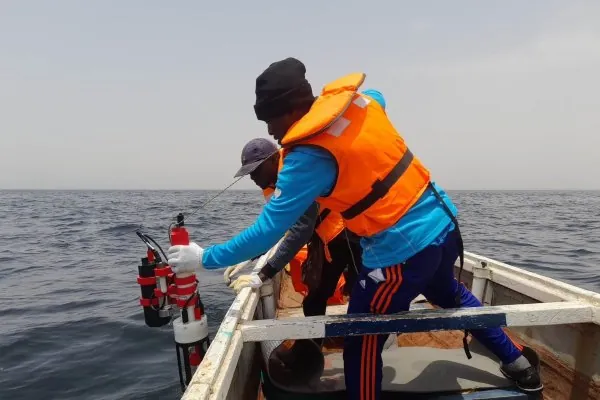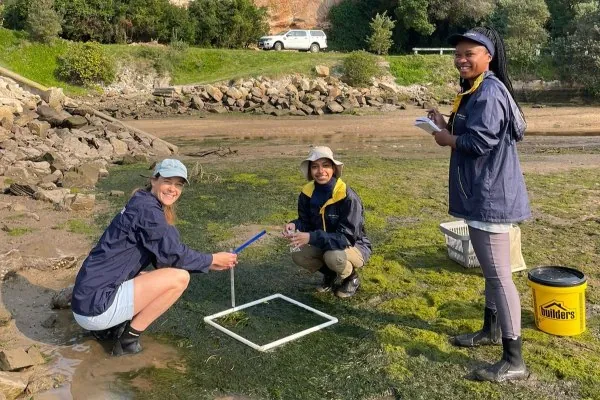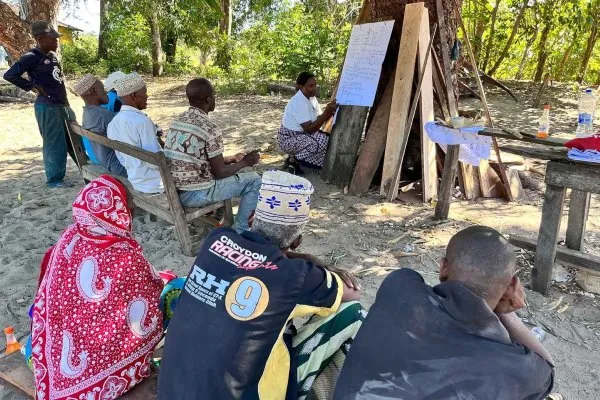In-Depth Publications
Theme
Publication Type
Publication Date
full-text search
2024 |
Scientific publication
Bousso, Ndeye Coumba and Brehmer, Patrice and Ndiaye, Waly and Stiger-Pouvereau, Valerie and Kane, Cheikhou and Gautier, Maxime and Faye, Mamadou and Fricke, Anna and Diadhiou, Hamet Diaw and Aroui Boukbida, Hanane and Weinberger, Florian and Ramasamy, Balasubramaniyam and Diedhiou, Fulgence and Diop, Mamie Souadou and Balde, Bocar Sabaly and Simon, Gaelle and Quack, Birgit,



